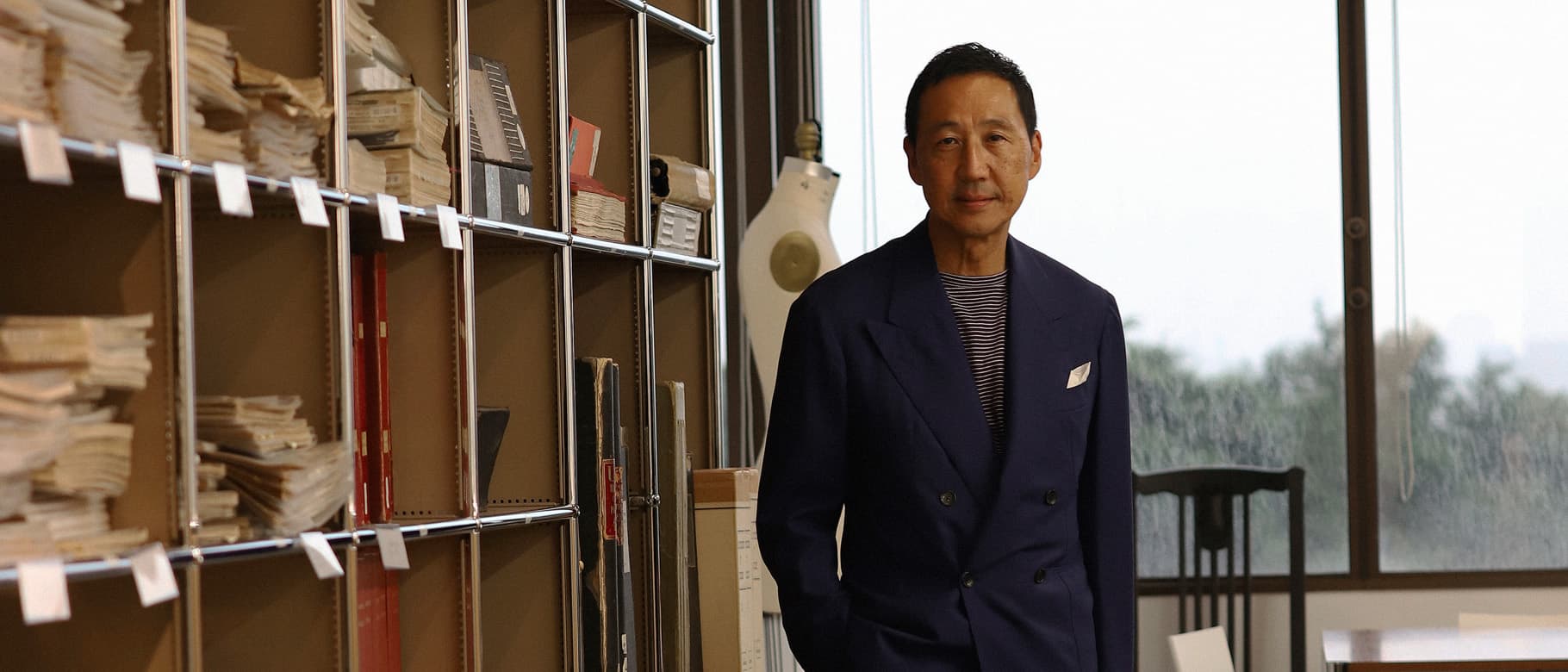

The French gastronome Jean Anthelme Brillat-Savarin said it best: “Tell me what you eat, and I will tell you what you are.”
The same applies to clothing. The suits you wear – and the shirts, shoes and watches you pair them with – are instant giveaways to the kind of person you are. Are you wearing a suit from a designer that truly flatters you? Or are you squeezing yourself into some tight-fitting brand? Do you prefer bespoke suits that fit well? And are you pulling off bespoke suits so that they look classic, not old-fashioned?
The rainy season is upon us here in Tokyo, with a heat and humidity unique to Asia. I asked Yasuto Kamoshita, the designer behind Camoshita United Arrows, to bring something familiar – something that truly represents him – to our interview; he generously complied with a collection of twelve shirts.
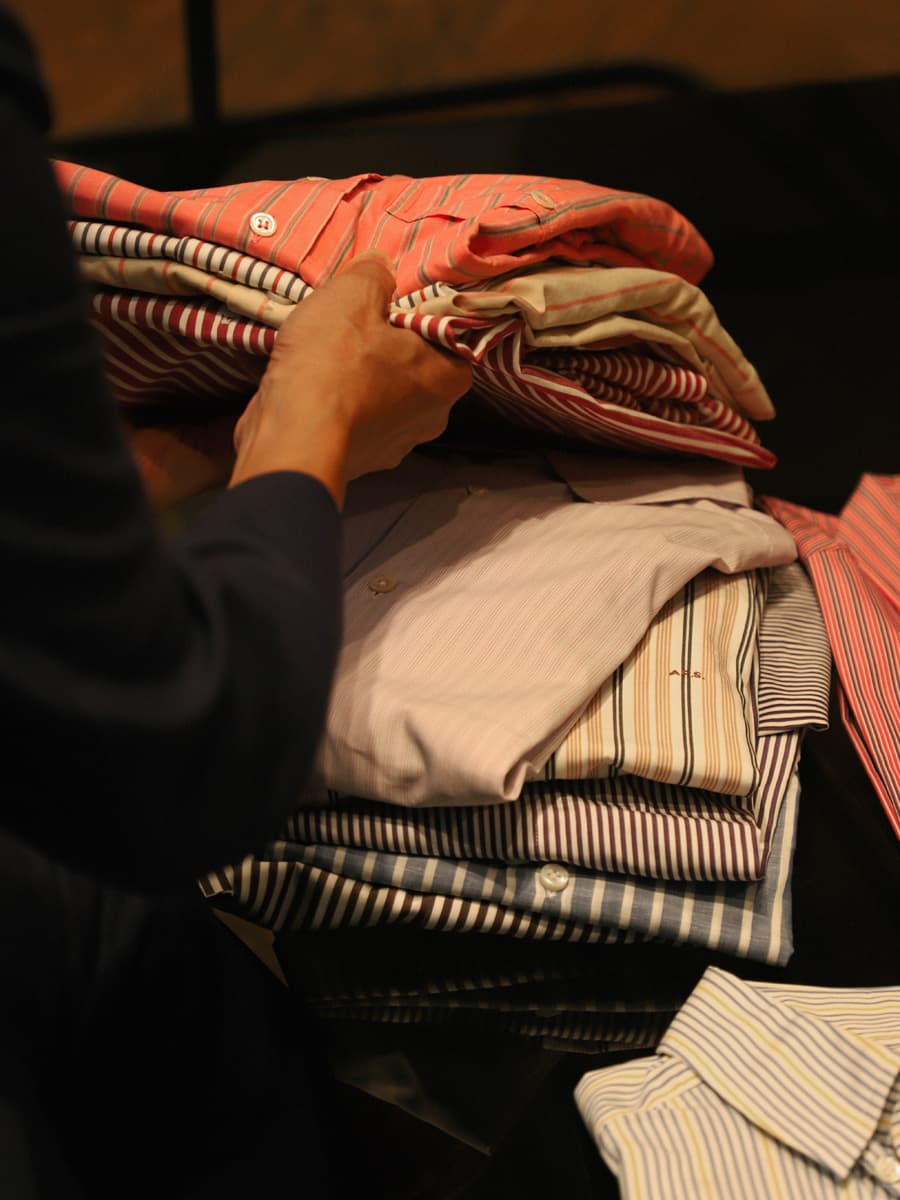
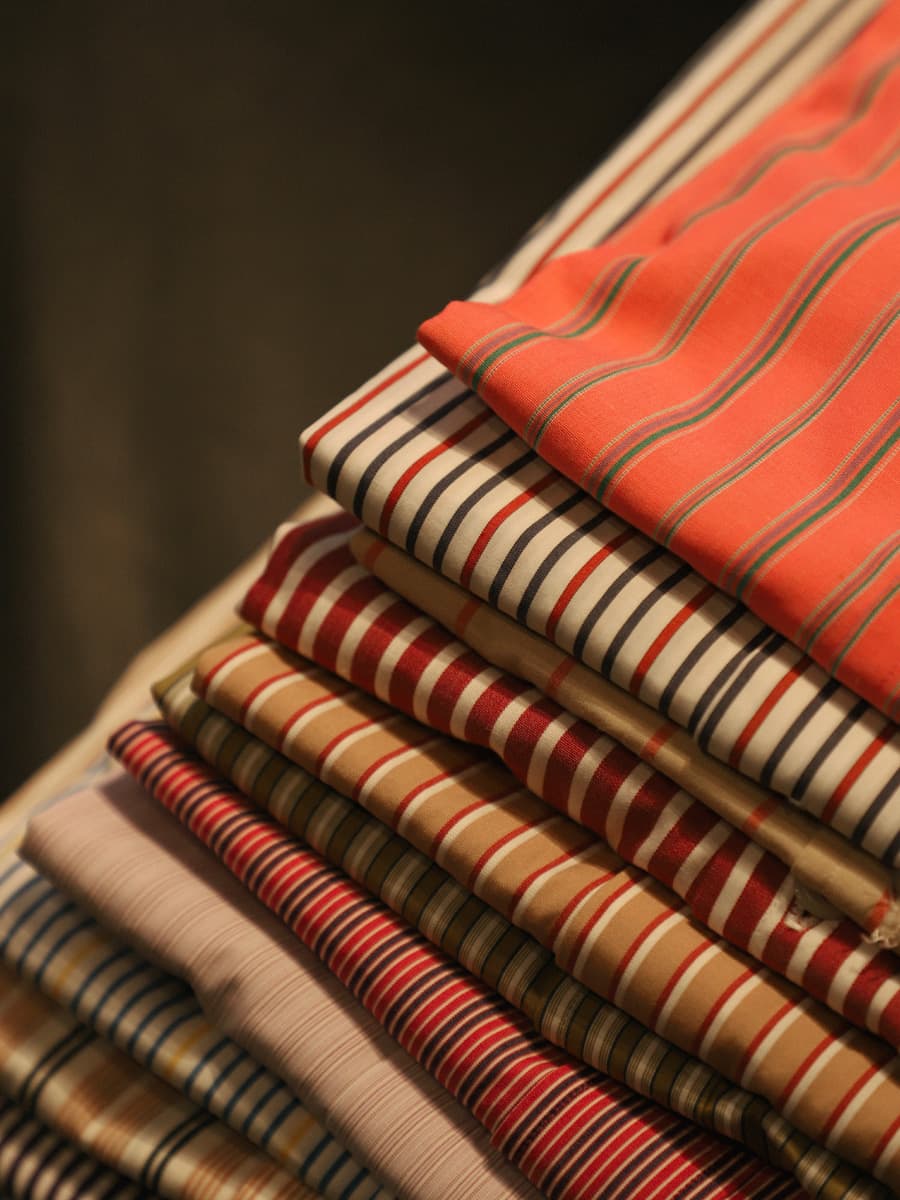
Here in the United Arrows press room, a profusion of flowers blooms on the shirts arrayed on the sofa. Outside the window, the greenery of the Akasaka Imperial Palace glistens in the rain.
“Colourful shirts remind me of the Great Gatsby. Just laying out fabric like this shows how much fun shirts can be,” Kamoshita says with a big smile as he gazes at the shirts. “Recently the market for dress shirts has almost entirely been about plain white or blue. Colourful, multi-striped shirts like these are rare. Shirt fabric isn’t playful anymore. In the 70’s and 80’s, when I was young, every store had shirts like these. I want to show people a world where they can take more pleasure in shirts.”
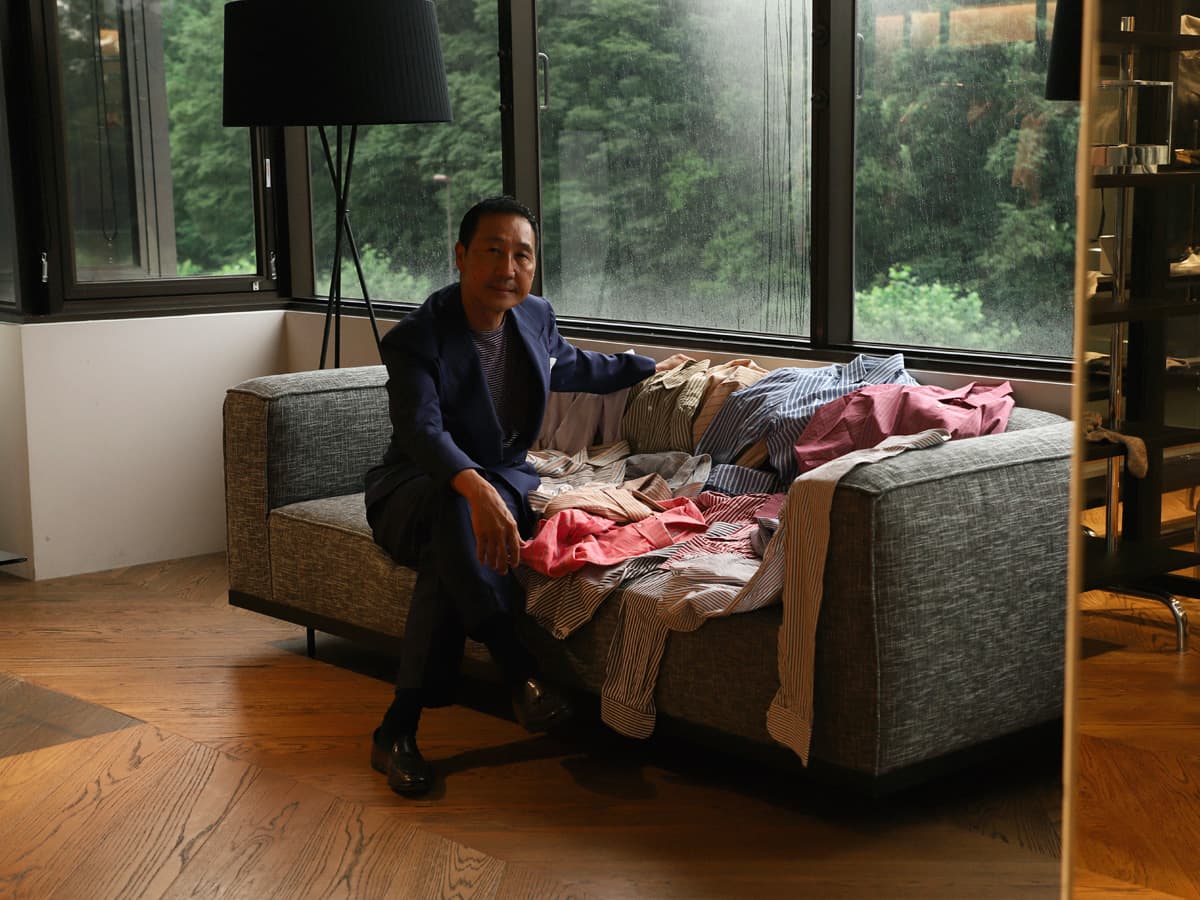
All by themselves, the shirts of various nationalities chronicle Kamoshita’s fashion journey. The dark pink striped shirt at the very top is an Yves Saint Laurent he purchased in the mid 80’s in Tokyo. There are also shirts from establishments of longstanding: bespoke shirts ordered over several decades from Charvet in Paris, as well as a tab collar and aggressively Bunker striped shirt from Hilditch and Key of London.
“I’ve requested and tried out shirts from everywhere – the UK, France, Italy, the US, Japan – as well as from various factories and ateliers. I’m certainly no devotee of hand sewing. How a shirt is made doesn’t necessarily change how you wear it. When it comes to style, I don’t draw hard and fast lines. It’s all good. In terms of actual wear, a French shirt that has been machine sewn, with everything done carefully, delicately, and neatly has something different going for it than a shirt with full Neapolitan hand tailoring. With American and European shirts, even if some seem rough or slapdash, it’s a reasonable way to make something that can be machine-washed and worn again and again. That quality is one way to enjoy a shirt. I’ve been collecting the shirts you see here for around 30 years. I’m attached to them for the way they capture the times or the culture when I bought them. They’re like diaries of different selves, telling stories in the archive of me.”
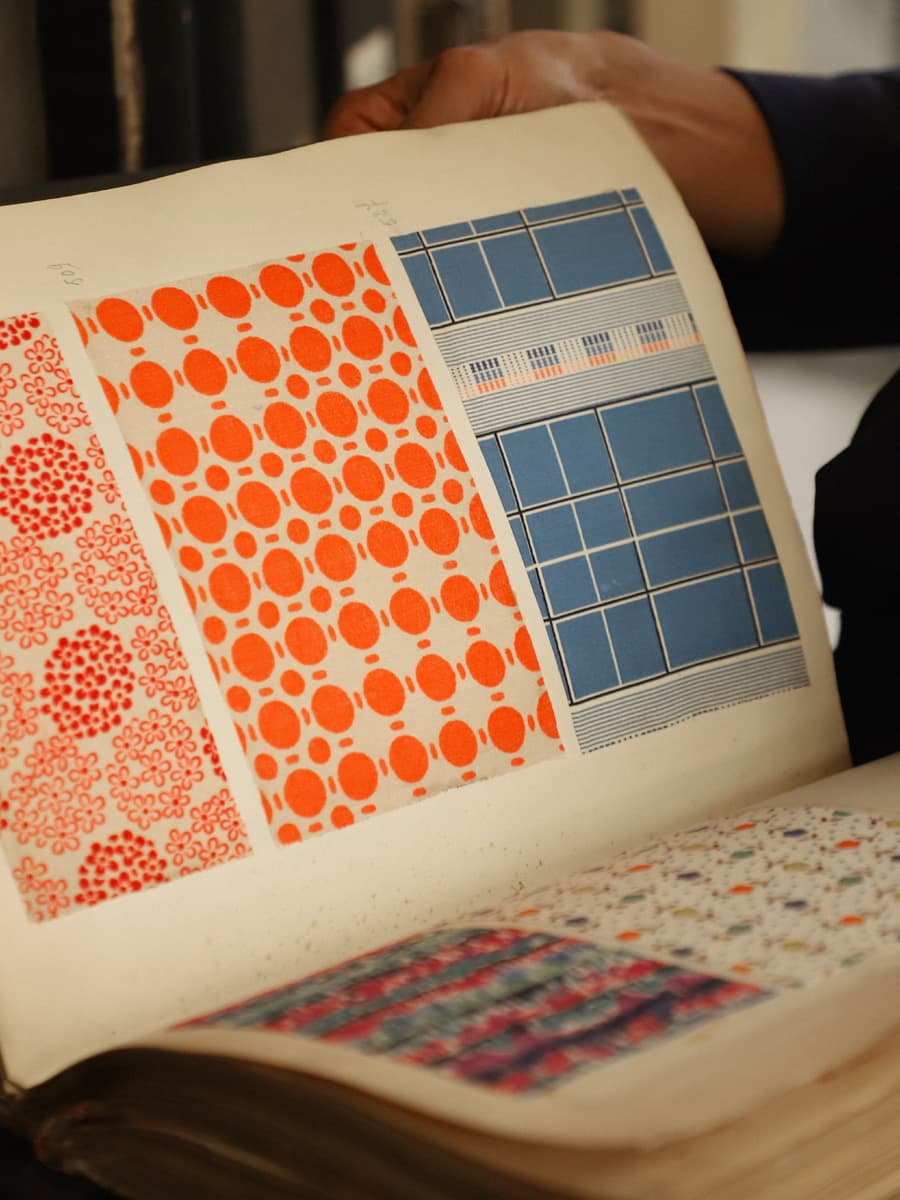
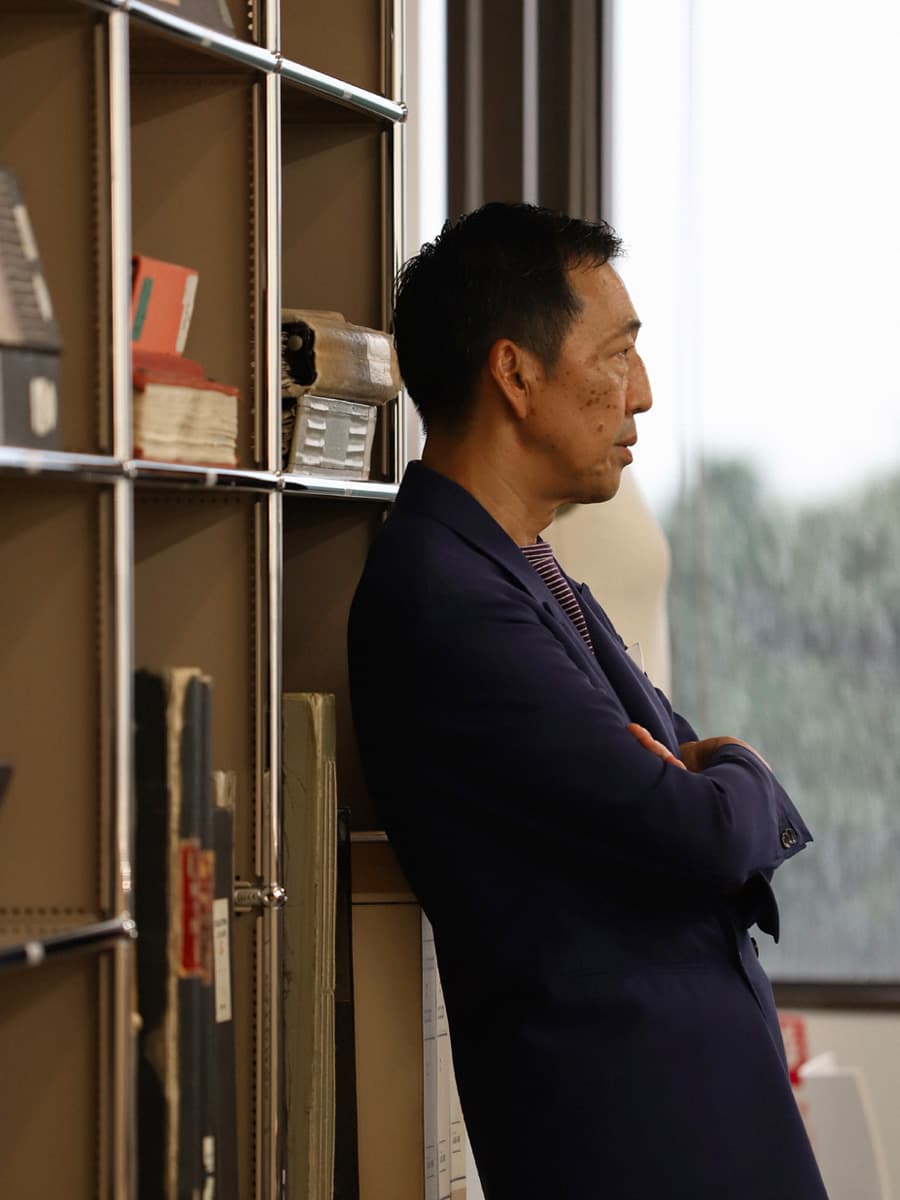
With Mr. Kamoshita being a fashion professional who has worn shirts from every country, there was something I wanted to ask him: What really makes for a good shirt?
“With shirts, fabric is everything. If the quality of the colours, patterns and fabric (being in direct contact with the skin) accounts for 90%, then the remaining 10% is cutting, sewing, and collar style design. I have shirts in white, blue, and other solid colors, but my favorite fabrics have body and resilience: Thomas Mason’s 120/2 and 140/2 two-fold cotton. What makes for a good shirt depends on the nature of the shirt. An American Oxford button-down and a high-quality, brightly colored poplin like Charvet’s have different styles and moods. That’s why it’s fun to have many variations. The colors of suits and jackets are fairly set, so for men who want to enjoy dressing up, it’s all in the V line, where it’s easy to express a feeling or trend. Even if you mess up, if you think, ‘It’s just a shirt!’ it’s much easier to take risks than with, say, a suit. That’s what makes shirts fun. Although people assume that going classic is taking the high road, I don’t want to get stuck in some image of what it is to be professional; I want to seek out new challenges.”
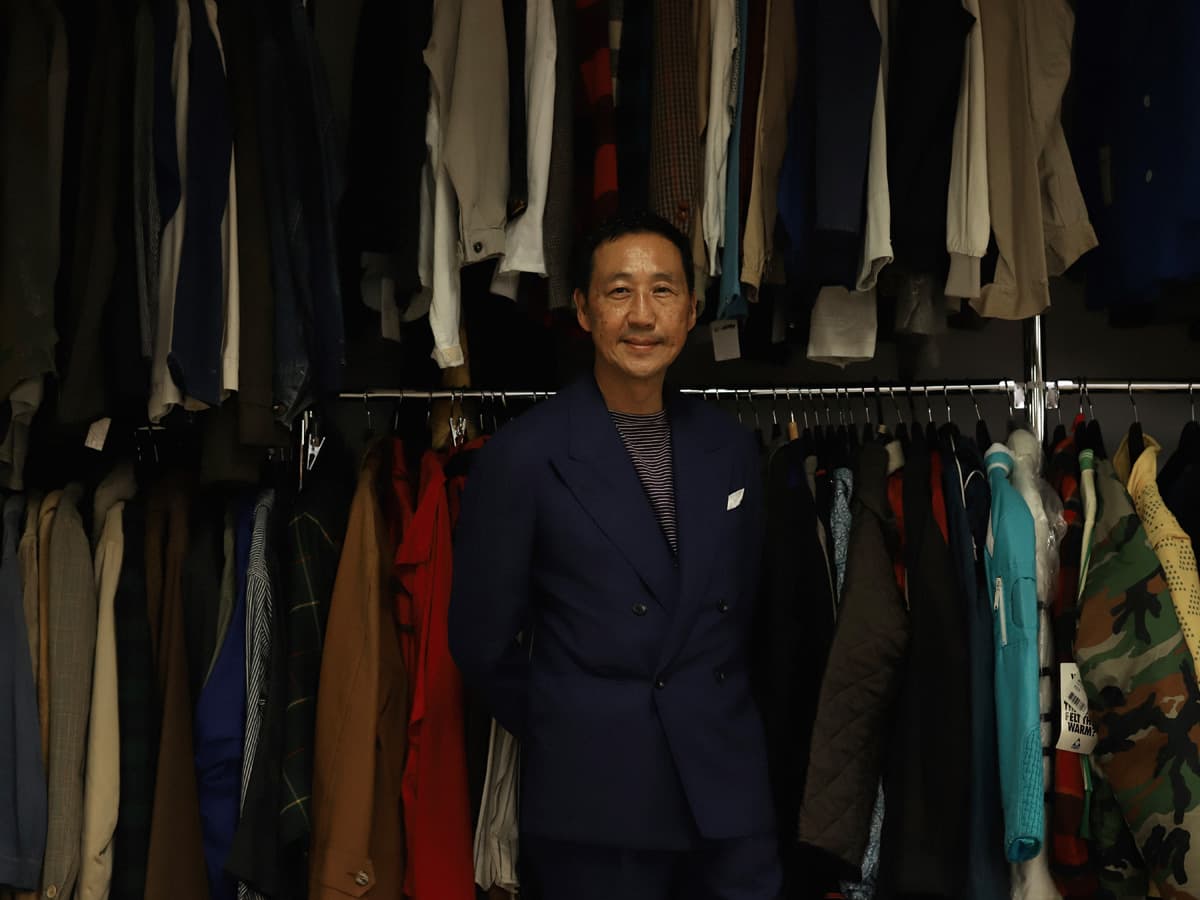
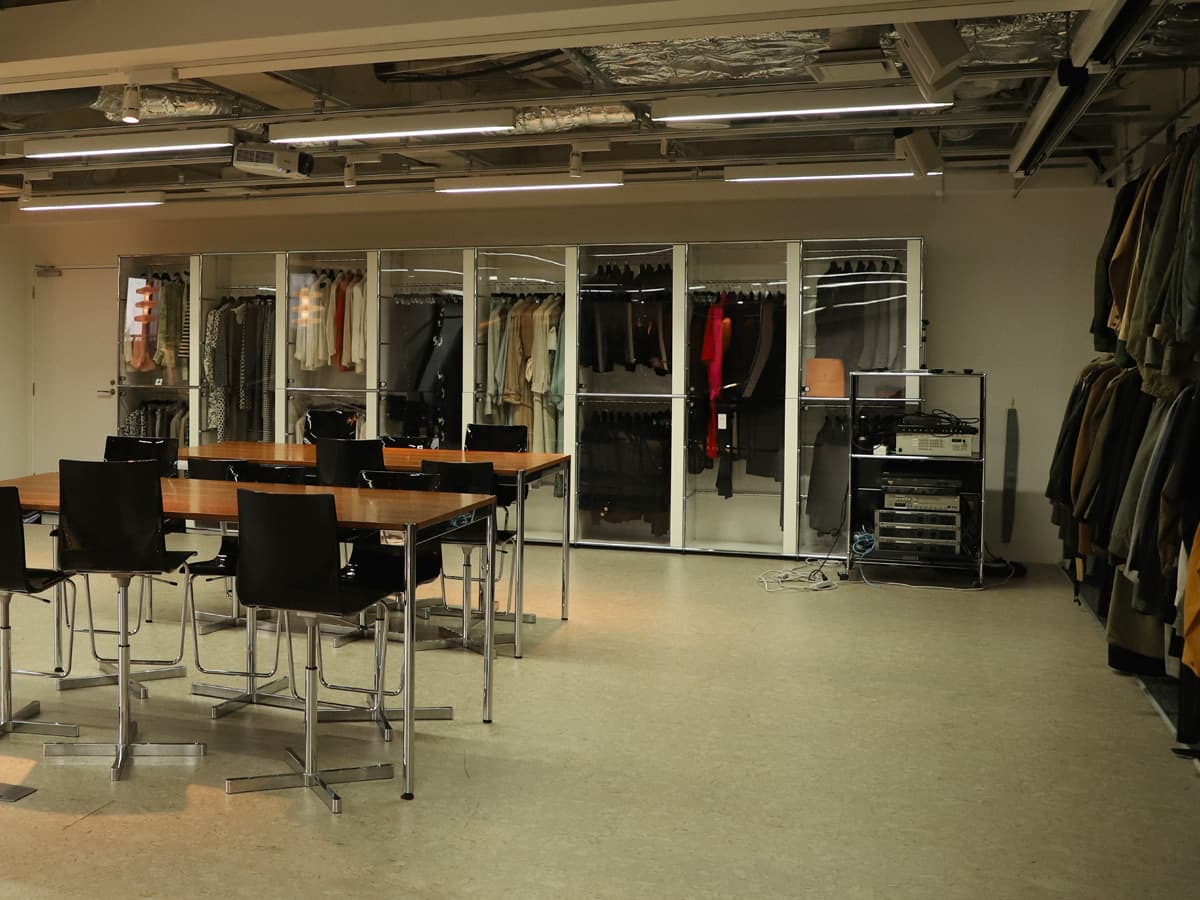
There’s a place in United Arrows’ head office that is special to Kamoshita: the archive room. Here, collections of vintage clothing from Europe, fabric sample books, fashion magazines, and other materials are stored.
“Researching the archive is like sketching something before actually making it: it’s mastering the fundamentals. It’s learning from the past to create the now. That’s why I value archives.”
As proof of this, an intensely colored Turnbull & Asser shirt stands out from the collection of twelve. “When I explored the Thomas Mason archive, I discovered this was an exclusive fabric made for the company in 1975. With the base stripe in café au lait brown and the accent stripe in black, this unique fabric certainly brings back the radical mood of the seventies.”
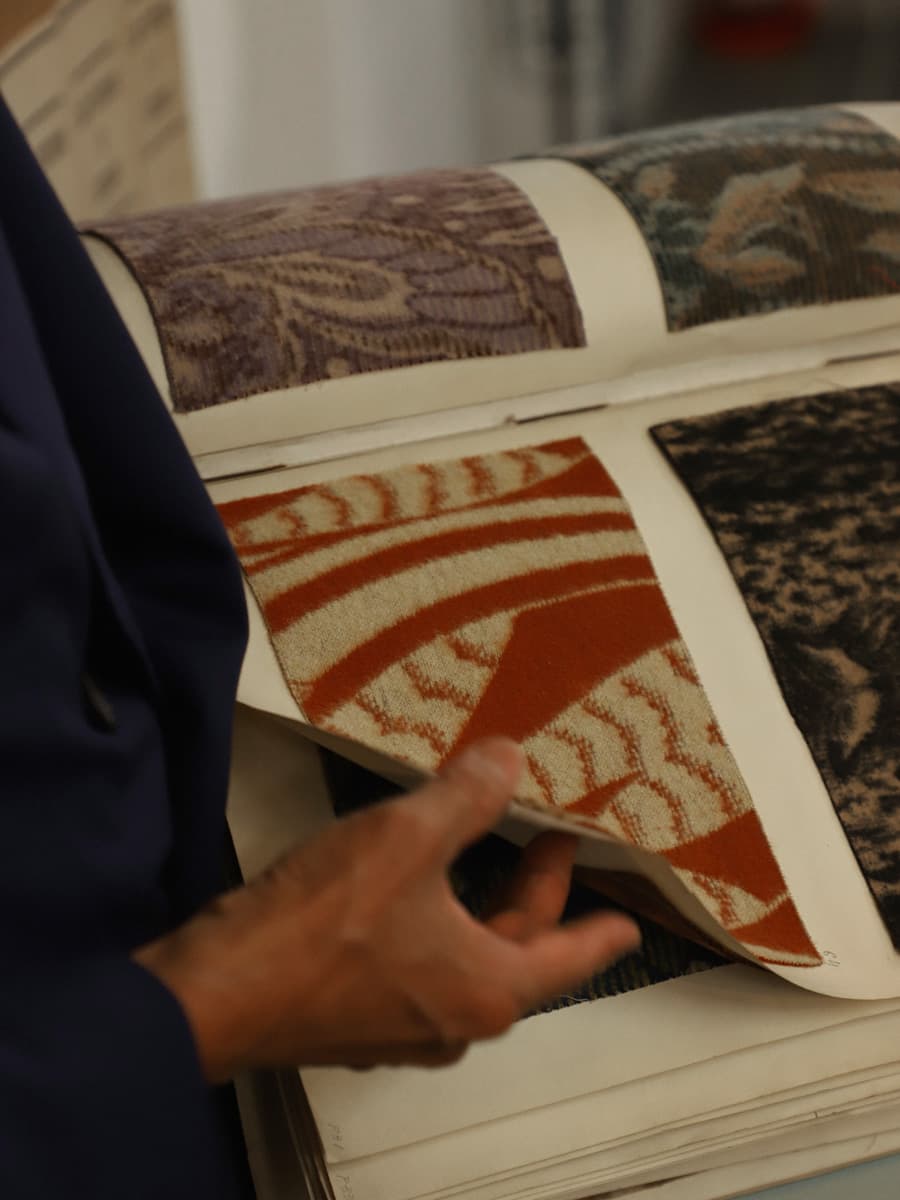
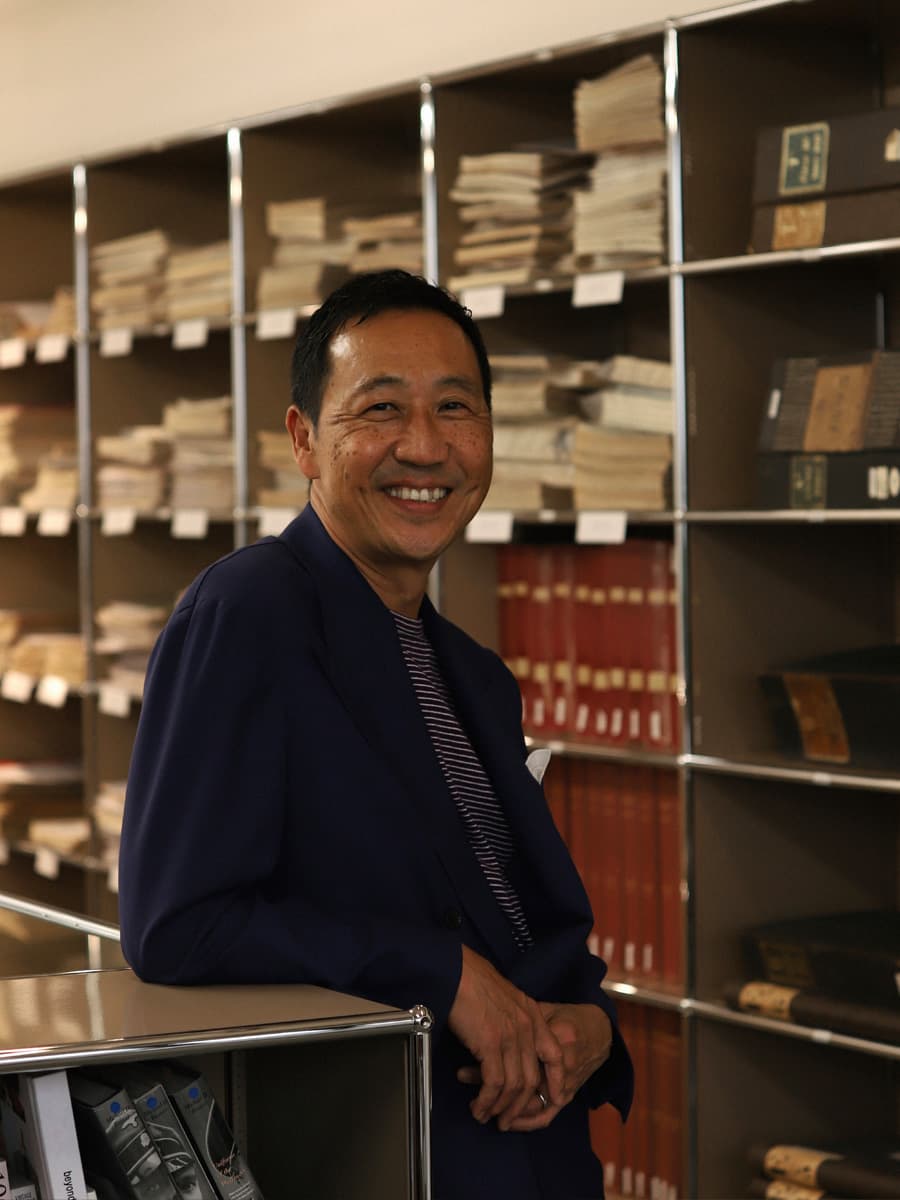
While Kamoshita’s style is elegant, people say it has sprezzatura: the appearance of effortless excellence. This is likely because, in the spirit of the opening quote, he has not forgotten the simple pleasure of dressing. Although he draws on the history and culture of countries around the world for his style and clothesmaking, Kamoshita’s materials, silhouettes, and tailoring have a contemporary vibe. In the best sense, he creates an eclecticism that fuses Japan and the West. His freedom in sidestepping the trap of any characteristic style resulting from being Japanese is the source of his original style.
(Photography by Yuthanan Chalmeau)
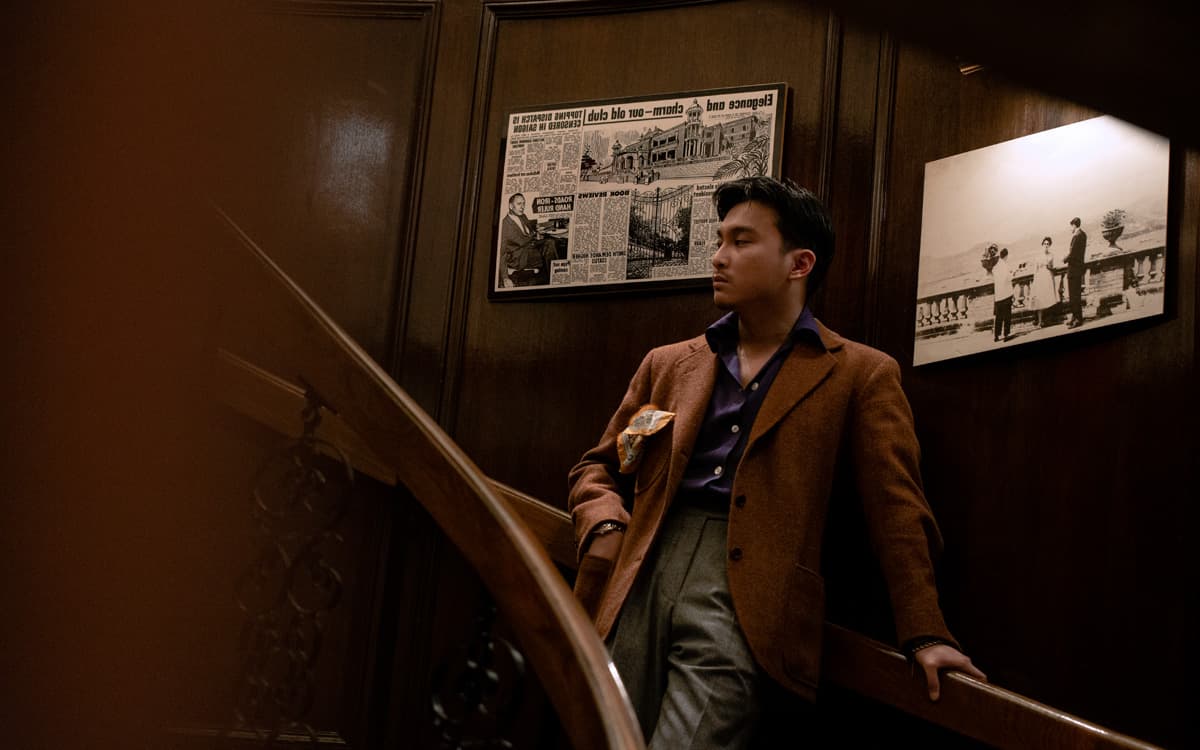
Arnold Wong’s Mythical W.F. Mealli Jacket
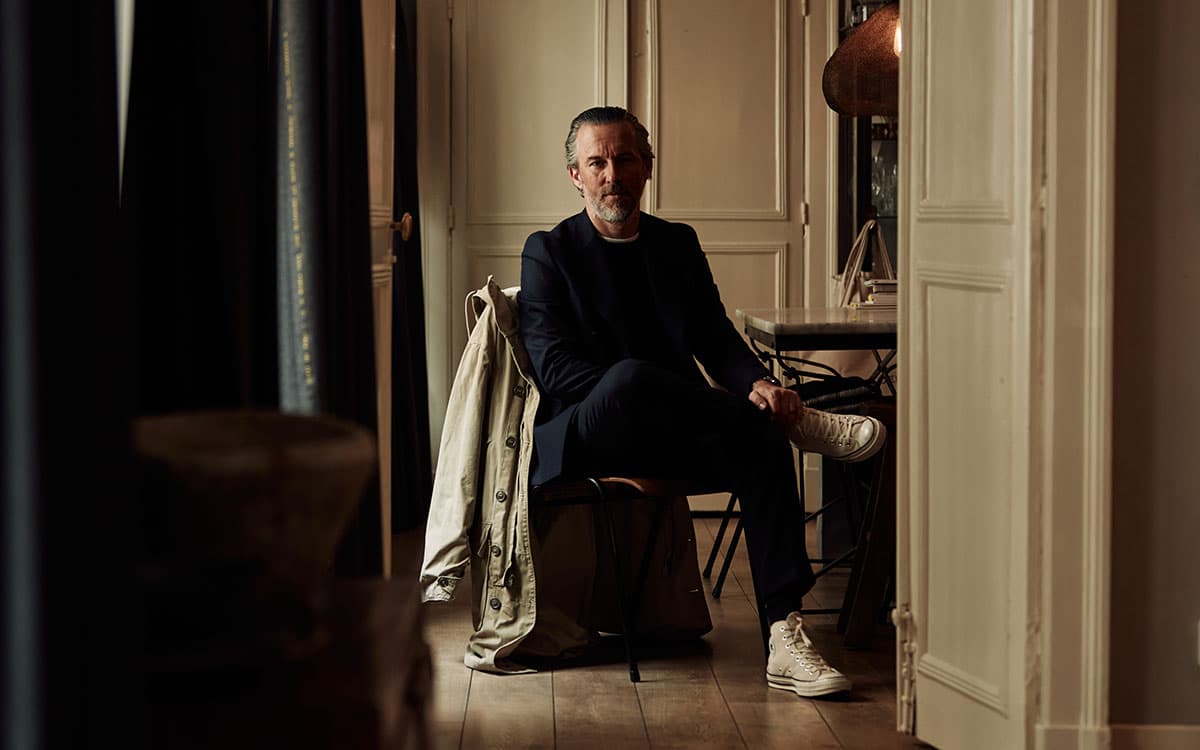
Pierre Mahéo’s favourite parka
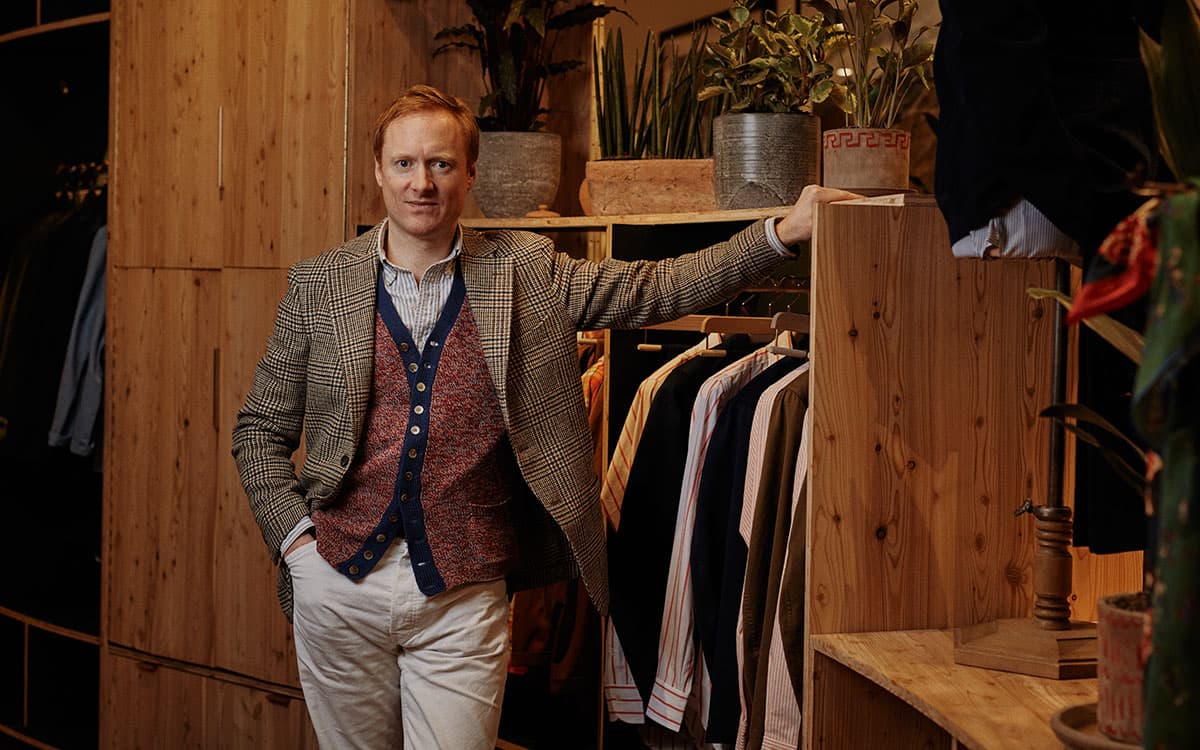
Michael Hill on his father’s cardigan
Cotonificio Albini S.p.A. - Via Dr. Silvio Albini 1, 24021 Albino (BG) – Italy
Società con unico socio - diretta e coordinata da Albini Group S.p.A.
P.I. 01884530161 - C.F. 08743540158 - Iscritta al Registro Imprese di Bergamo - REA 244649
Capitale sociale sottoscritto e versato € 11.170.960